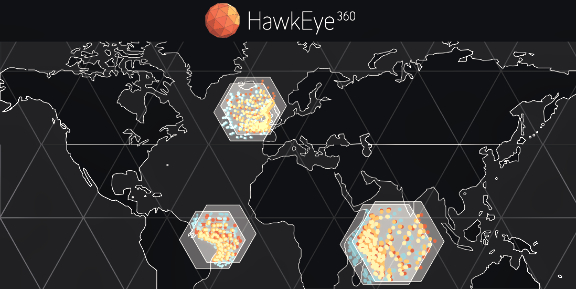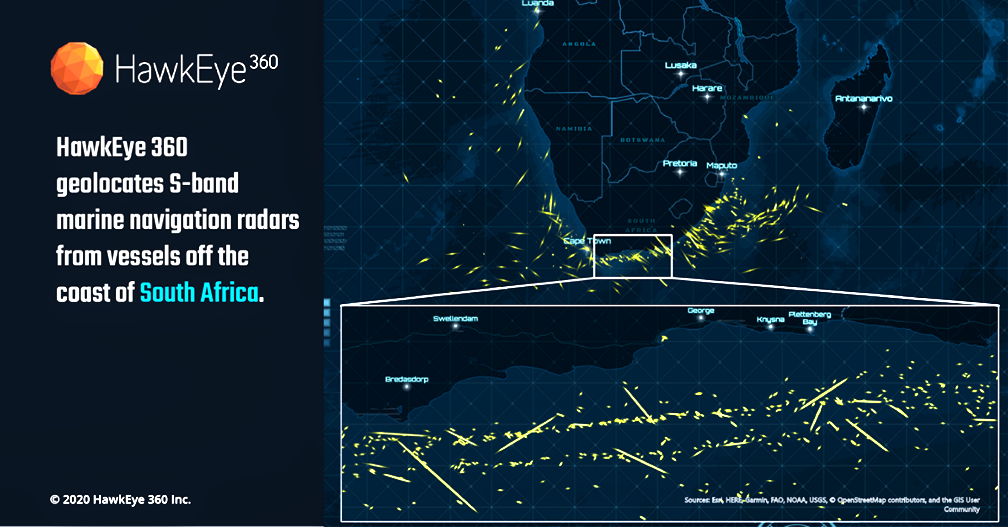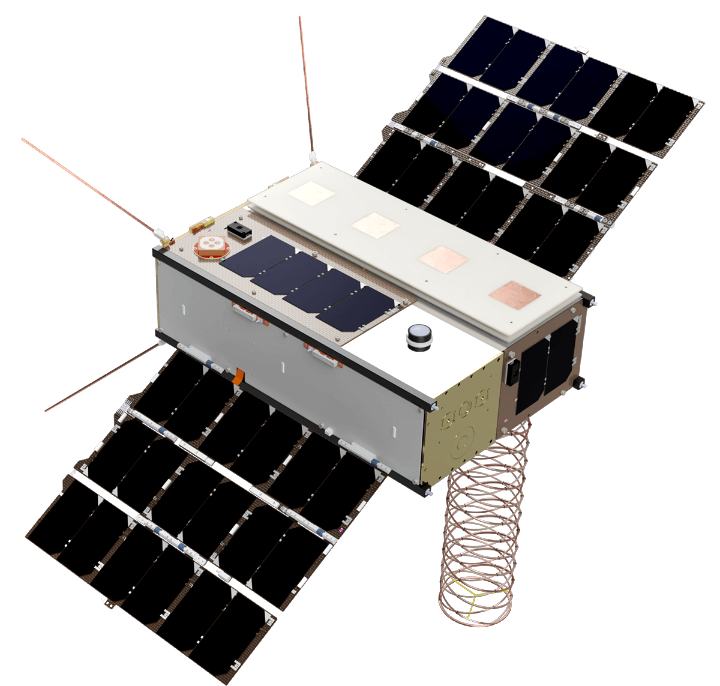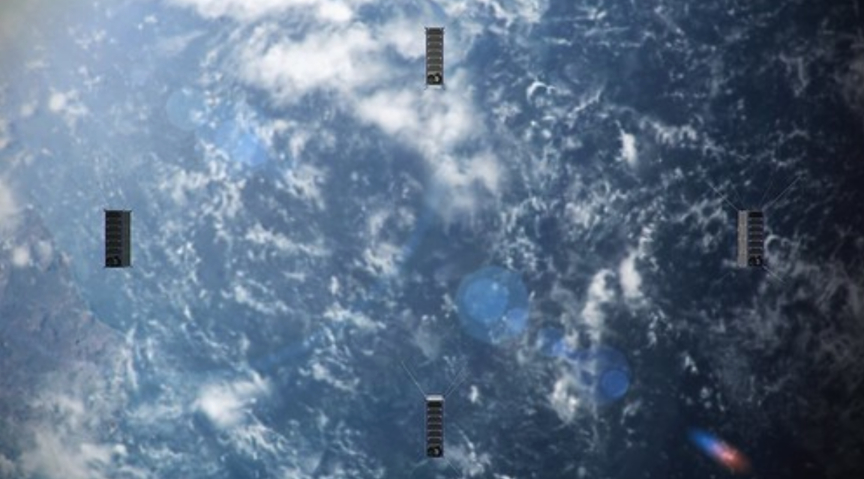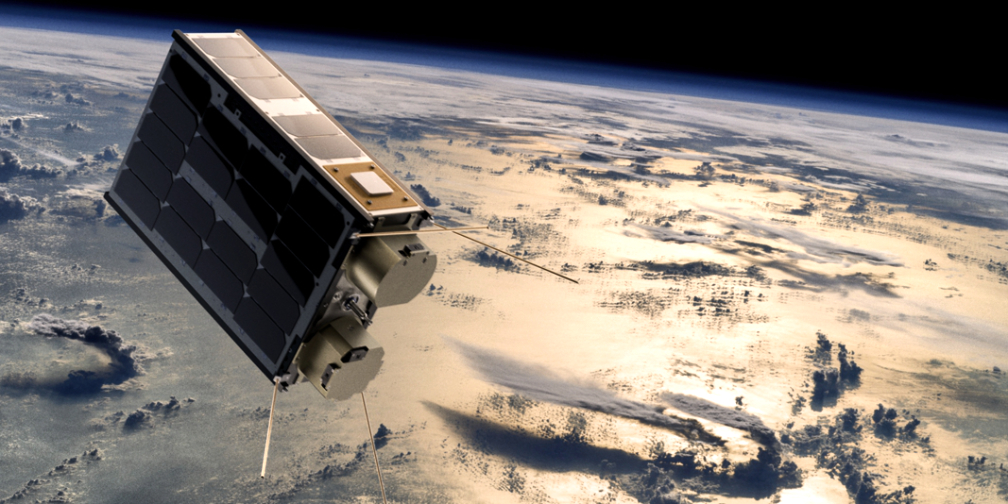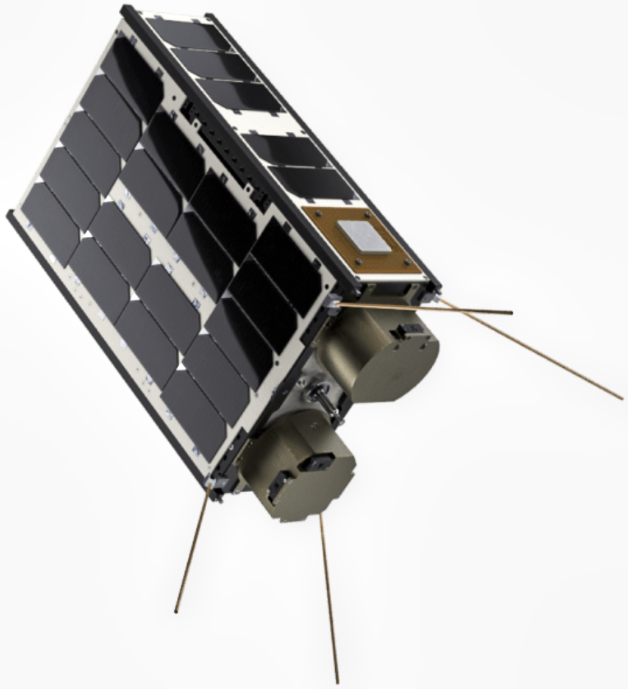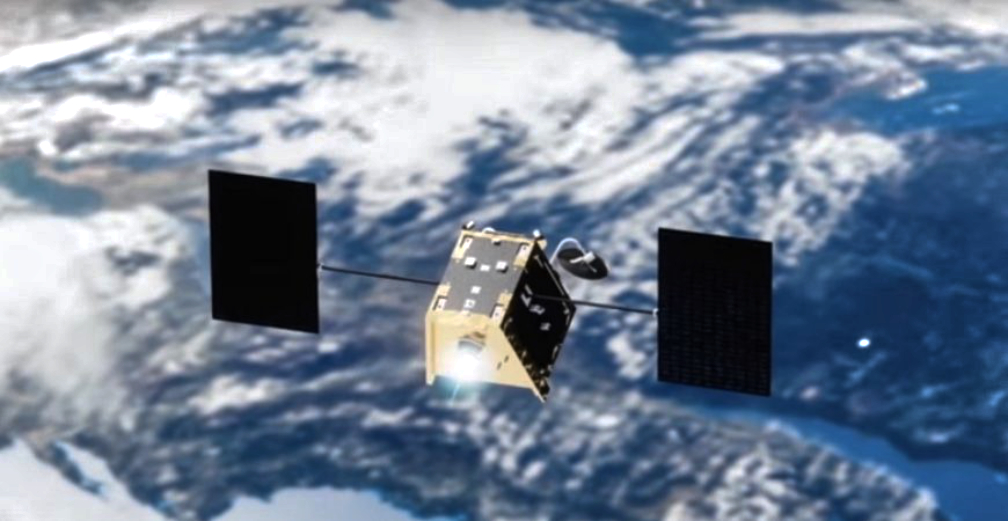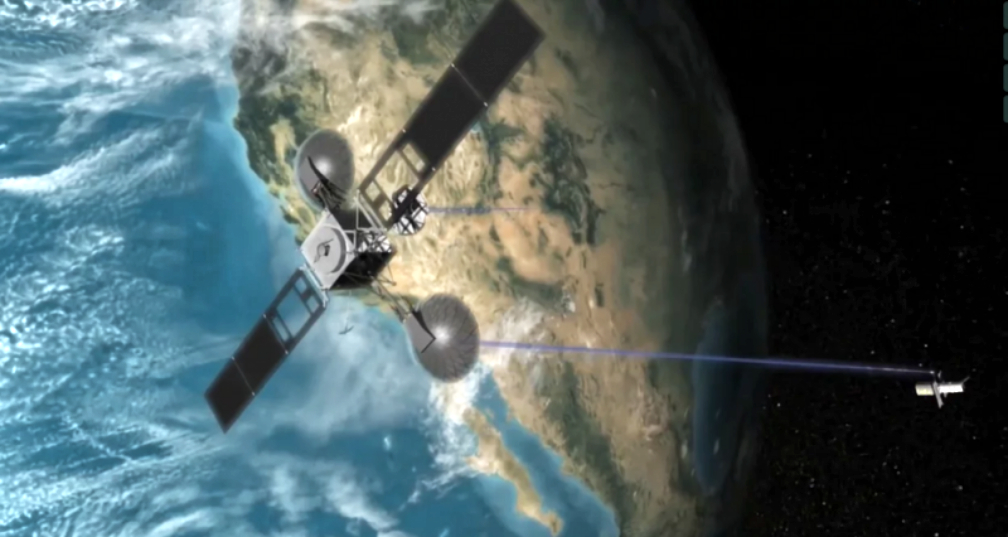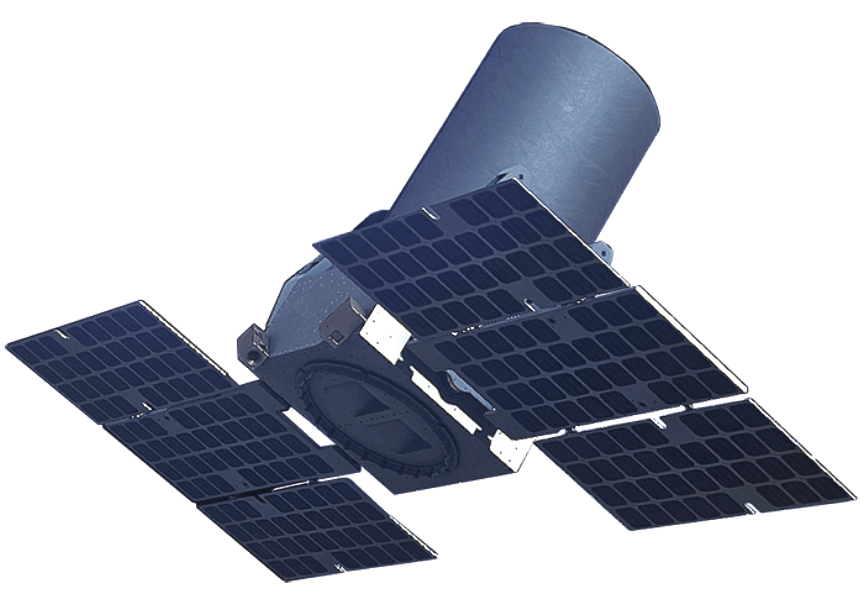
As many as 20 smallsat buses are now contracted to Blue Canyon Technologies by the Defense Advanced Research Projects Agency (DARPA).
The smallsats — based on the company’s X-SAT smallsat — will be an integral part of a proposed DARPA LEO network, with SA Photonics also selected by the agency to participate in this project.
A total of $ 14.1 million is the base value of the Blue Canyon contract and will require the company to engage in system design development as well as the implementation of all of the tech that will be necessary to ensure the spacecraft are fully compatible with the autonomous C&C platform called “Pit Boss.”
Pit Boss will acquire the smallsats’ data and, while the smallsats are on-orbit, process that information and then forward to users on Earth… all without human input. The DARPA Blackjack constellation will be built using Commercial-Off-The-Shelf (COTS) packaged solutions that are designed for military uses.
Deployment of these smallsats is expected to occur by 2022.


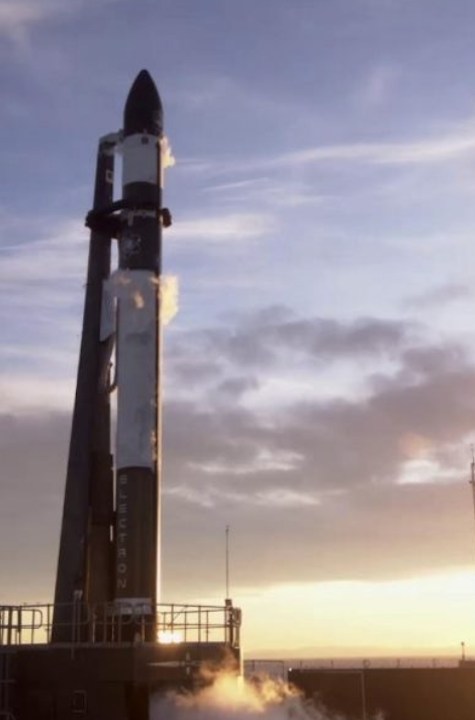
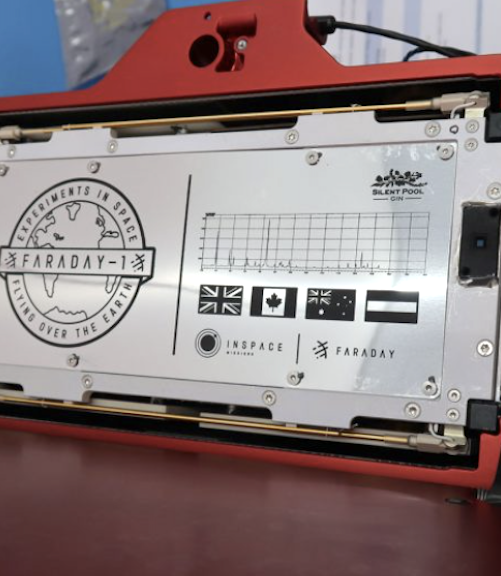
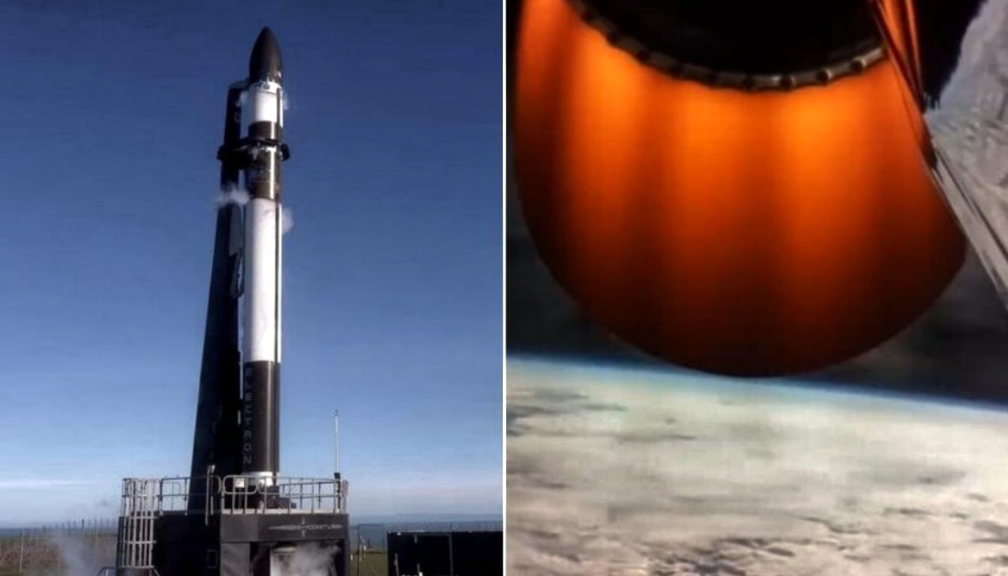



 CubeSat-based Intelligence Data Service. Horizon Technologies CEO John Beckner stated, “We are thrilled and grateful to receive this additional
CubeSat-based Intelligence Data Service. Horizon Technologies CEO John Beckner stated, “We are thrilled and grateful to receive this additional 

